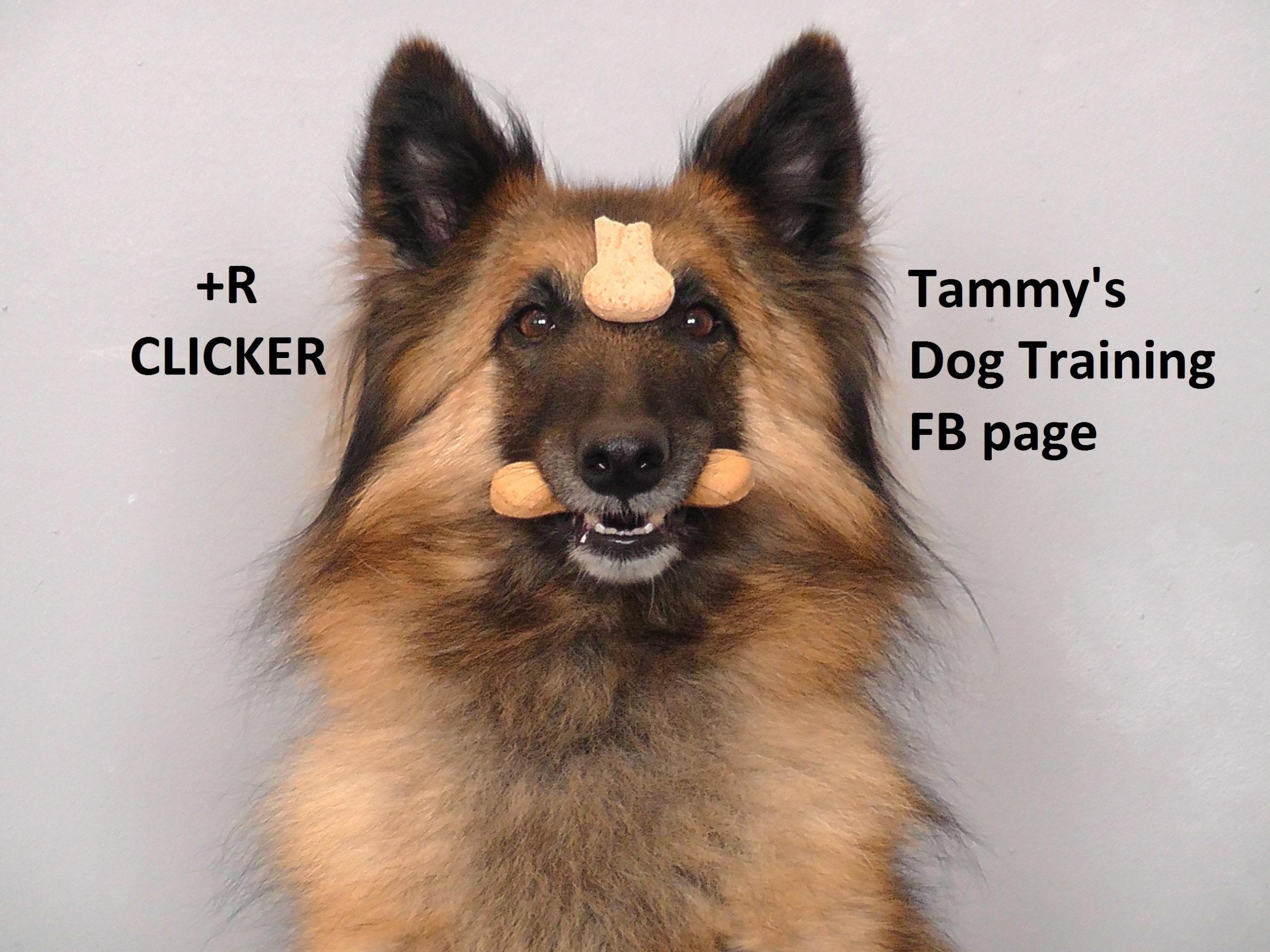How to Use Positive Reinforcement to Curb Barking

In the symphony of suburban life, the sound of a dog’s bark can range from a comforting melody to an unexpected crescendo that disrupts the harmony of a quiet afternoon. While barking is a natural form of communication for our canine companions, excessive barking can pose challenges, both for dog owners and their neighbors. Fortunately, the art of positive reinforcement offers a gentle yet effective approach to transform these vocal outbursts into peaceful silence. By understanding the motivations behind your dog’s barks and using positive reinforcement techniques, you can nurture a more serene and understanding relationship with your furry friend. In this article, we will explore the nuances of positive reinforcement and how it can be harnessed to curb excessive barking, turning cacophony into calm.
Understanding the Causes of Excessive Barking
Excessive barking can often be traced back to a few common triggers that are deeply rooted in a dog’s environment and emotional state. Understanding these causes is crucial for effectively addressing the behavior. Anxiety is a frequent culprit, where dogs bark to express discomfort or stress when left alone. This is often seen in cases of separation anxiety. Boredom is another common reason; dogs, like humans, need mental stimulation and physical exercise. Without it, they may resort to barking as a way to release pent-up energy or to seek attention.
Other causes can include:
- Territorial instincts: Dogs may bark to protect their perceived territory from intruders.
- Fear: Loud noises, unfamiliar environments, or new people can trigger barking as a defensive mechanism.
- Attention-seeking: Some dogs bark to get a reaction from their owners, whether it’s for play, food, or affection.
Recognizing these underlying causes allows for more targeted and effective use of positive reinforcement techniques, tailoring solutions that address the specific needs of your furry friend.

Choosing the Right Rewards for Your Dog
When it comes to reinforcing positive behavior in your furry friend, selecting the right rewards is crucial. Not all dogs respond to the same incentives, so it’s essential to tailor your approach to your dog’s unique preferences and personality. Here are some effective options to consider:
- Treats: High-value treats, like small pieces of chicken or cheese, can be incredibly motivating. Ensure they are bite-sized to keep your dog focused without overfeeding.
- Playtime: A quick game of fetch or tug-of-war can serve as a great reward for dogs who thrive on activity and interaction.
- Affection: Some dogs are more driven by praise and petting. A simple “good dog” accompanied by a belly rub can work wonders.
- Toys: Offering a favorite toy can be a delightful reward for dogs who love to chew or snuggle with their plush companions.
Consistency is key when using rewards to manage barking. Make sure to reward your dog immediately after the desired behavior to strengthen the association between quietness and positive reinforcement. Experiment with different types of rewards to find what excites your dog the most, and watch as their barking becomes more controlled and manageable.

Timing and Consistency in Positive Reinforcement
To effectively use positive reinforcement in managing your dog’s barking, the importance of timing and consistency cannot be overstated. When your dog stops barking, even if only for a moment, it’s crucial to immediately reward this behavior. This quick response helps your dog make the connection between being quiet and receiving a treat or praise. Delays in rewarding can confuse your furry friend, making it harder for them to understand what behavior is being reinforced. Ideally, you should offer the reward within seconds of the desired behavior.
Consistency is equally vital. Make sure that everyone in your household is on the same page about the training techniques and the types of rewards used. Consider creating a list of guidelines for family members to follow, such as:
- Use the same verbal cues and hand signals for quiet behavior.
- Provide rewards every time the dog exhibits the desired behavior.
- Ensure that rewards are desirable to your dog, such as a favorite treat or a short play session.
By maintaining a consistent approach and timing your rewards effectively, you’ll set a clear framework that helps your dog learn more efficiently. This consistency not only strengthens the training process but also fosters a more harmonious relationship between you and your pet.

Monitoring Progress and Adjusting Techniques
To ensure the effectiveness of your positive reinforcement strategy, it’s crucial to regularly assess your dog’s progress. Observe their behavior over time and take note of any changes in the frequency or intensity of barking. If you notice improvements, continue to reward these behaviors consistently. However, if the barking persists or worsens, consider adjusting your approach. Experiment with different rewards or modify the timing of your reinforcements. Remember, patience is key, and not all dogs respond to the same stimuli.
- Track Progress: Keep a journal to record barking incidents and successful responses to positive reinforcement.
- Adjust Rewards: If the current rewards aren’t effective, try switching to more enticing treats or toys.
- Evaluate Timing: Ensure that rewards are given immediately after the desired behavior to reinforce the connection.
- Seek Feedback: Consult a professional trainer if you’re unsure about the progress or need additional strategies.
By staying attentive and flexible, you’ll be better equipped to refine your techniques and help your furry friend learn to curb their barking habit effectively.



